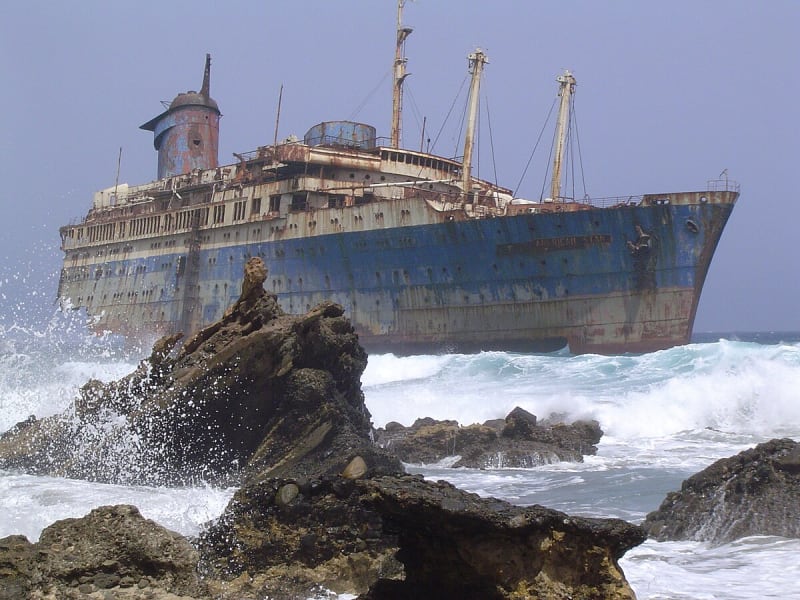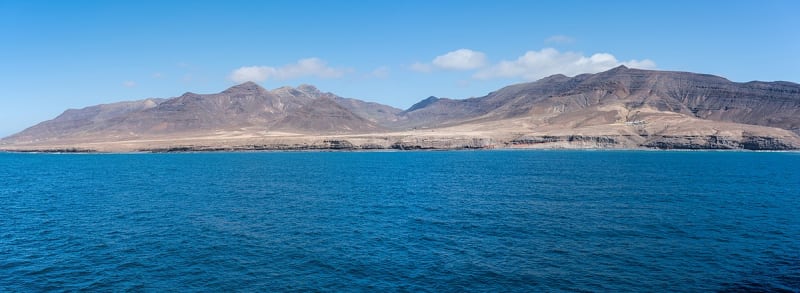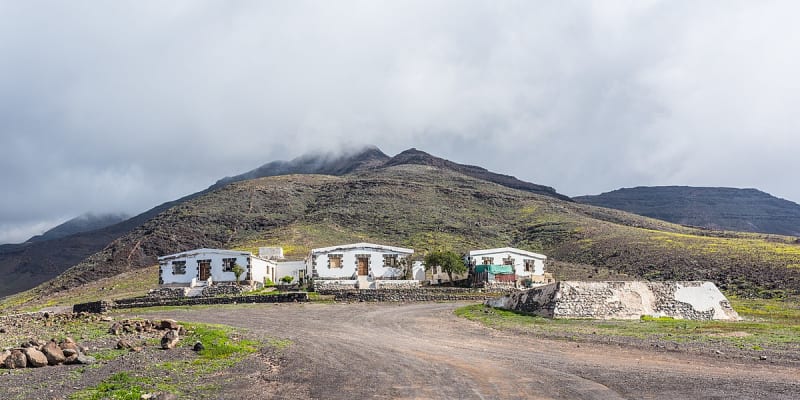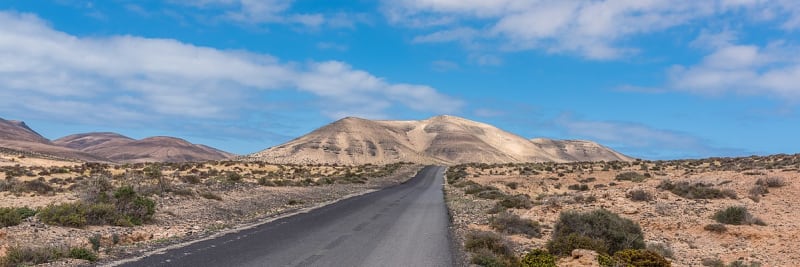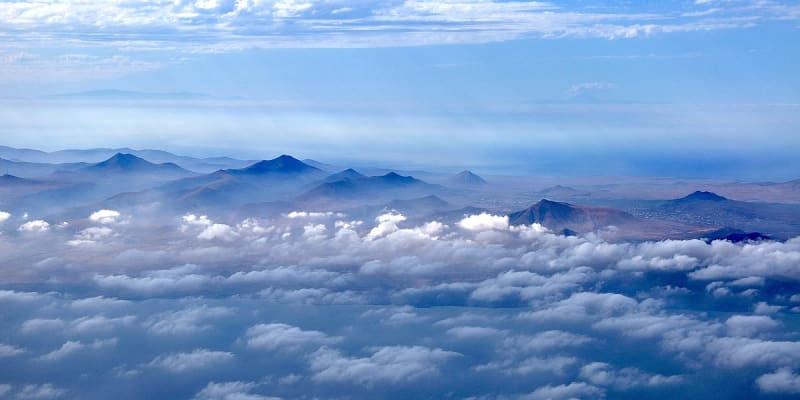Fuerteventura Island
Fuerteventura belongs to the Canary Archipelago, it is located in the Atlantic Ocean, 100 km north of Africa. The island is covered with picturesque cliffs, mysterious caves and beaches with snow-white sand. Warm, windy weather is here all year round, attracting a huge number of tourists.
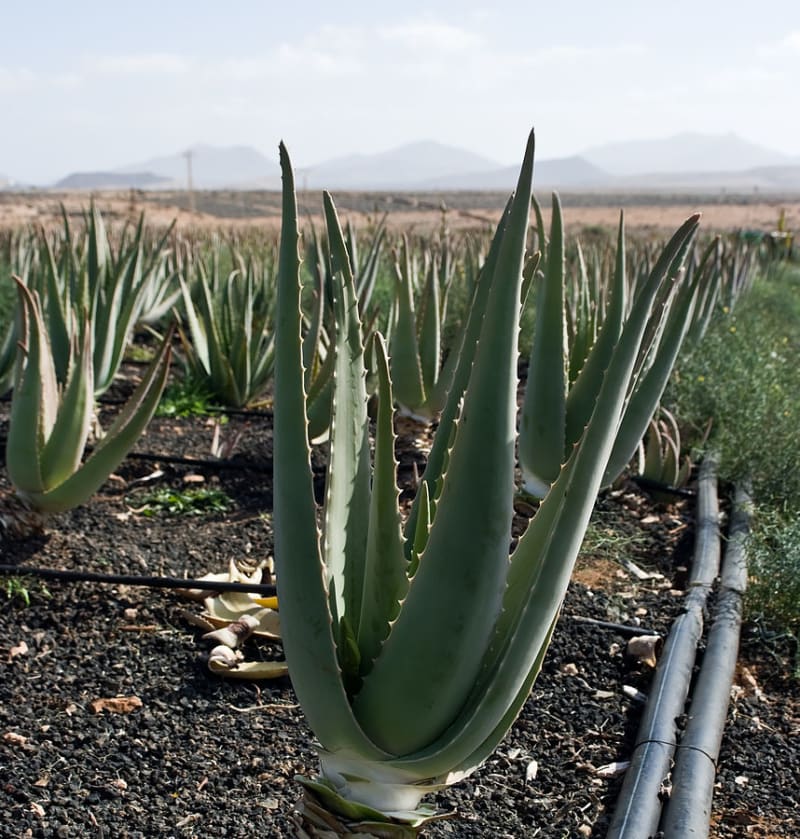
Description
The name of the island of Fuerteventura consists of two Spanish words "fuerte" - reliable, strong, and "ventura" - happiness, luck. The island is smaller than Tenerife, but it has the largest beaches in all the Canary Islands.
The island is more than 20 million years old, it has a volcanic origin and a very unusual shape. The island's climate is characterized by rare rains and strong winds. Clouds do not gather over the island, which is explained by the rather low mountains, which do not exceed 1 thousand m.
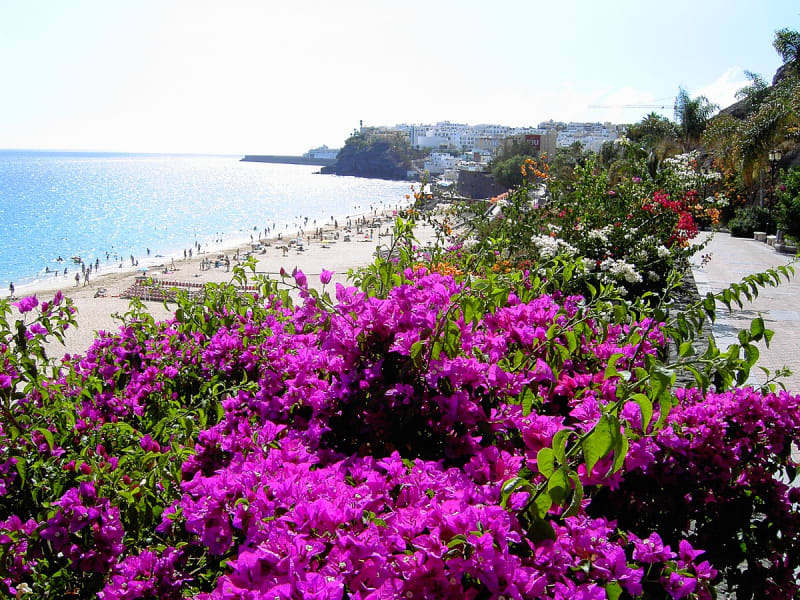
In fact, Fuerteventura is two islands connected by a narrow isthmus, on which the most beautiful sandy beach is located. In 2009, UNESCO declared the island a biosphere reserve, which allowed nature to be preserved in its original form. A huge number of arreta turtles live here. A nursery has been set up for them in the city of Morro Jable to preserve the species. Dolphins often swim quite close to the coast.
The symbol of the island is considered to be a goat. The number of these animals significantly exceeds the population. Until 1956, the island's capital was called Puerto de Cabras, which means "Goat Port". Now it is Puerto del Rosario.
Interesting places and facts
Tourism began to develop actively in the 60s of the last century. From January to March, a colorful carnival is held on the island, San Buenaventura Day is celebrated in July, festivals in honor of Archangel Michael are held in late September and early October, and a festival in honor of the Virgin Mary of the Rosary is held in October. Fun and spectacular events take place almost all year round, creating a unique atmosphere of eternal celebration that attracts tourists.
Fuerteventura has 150 beaches. Surfing, kitesurfing, diving, water skiing, sailing - attract a huge number of not only amateurs, but also professional athletes. The Windsurfing World Cup is held here every year.
The ocean floor near the coast is dotted with tunnels, cracks between the rocks, and many mysterious underwater caves are located here - just a paradise for diving enthusiasts.
Picturesque nature surrounds the island. You can admire the magnificent views from Mount Tindaya and when visiting Betancourt Park. Ferries and speedboats quickly transport those who wish to other, no less colorful, islands of the archipelago. The famous Mahorero cheese is produced on the island of Fuerteventura, the taste of which has repeatedly conquered the jury of the International Cheese Competition. The harmony of the taste of "mahorero" is created by sweet and sour notes.
Only on the island can you enjoy the taste of real mojo sauce, which has two varieties: green is served for fish, and red is served for meat. For lovers of sightseeing, a visit to the La Alcohida Museum will be remembered for a long time. There are 7 village houses located on its territory, which are examples of local architectural styles. The Museum of Fishing is located at the Toston Lighthouse. The Salt Museum in Salinas del Carmen and the flour milling training Center in Tuineh introduce you to local traditional crafts.
From the observation deck of Morro Velos, you can see the constellation Cassiopeia at night and admire the enchanting scattering of stars that shine especially brightly over the island. In the southern part there is a magnificent botanical garden, where exotic species of cacti and succulents are represented. The Corallejo Sand Dune Park, located in the northern part, is considered an ideal place for windsurfing.
A bit of history
The island of Fuerteventura was inhabited by Mahorers. In the XV century . The two kingdoms of the island were separated by a stone wall. They were called Mahorata and Khandiya. In 1405, the island was captured by Jean de Betancourt, who had declared himself king of the Canary Islands since 1402. He founded the city of Betancourt. He later transferred all his conquests to King Henrique III of Castile and was given the post of governor for life.
The story goes that two priestesses persuaded the local kings to surrender and convert to Christianity. Under the Spanish rulers, a considerable part of the Mahorers were turned into slaves. Pope Pius II in 1462 condemned such cruel treatment of the indigenous population. Betancourt handed over the board to his nephew during his lifetime. Then power on the island passed to the Herrera-Perras family and was held by them for almost three hundred years.
Finally, in 1835, the feudal system was abolished. The territory of the island of Fuerteventura was divided into 6 administrative districts.
